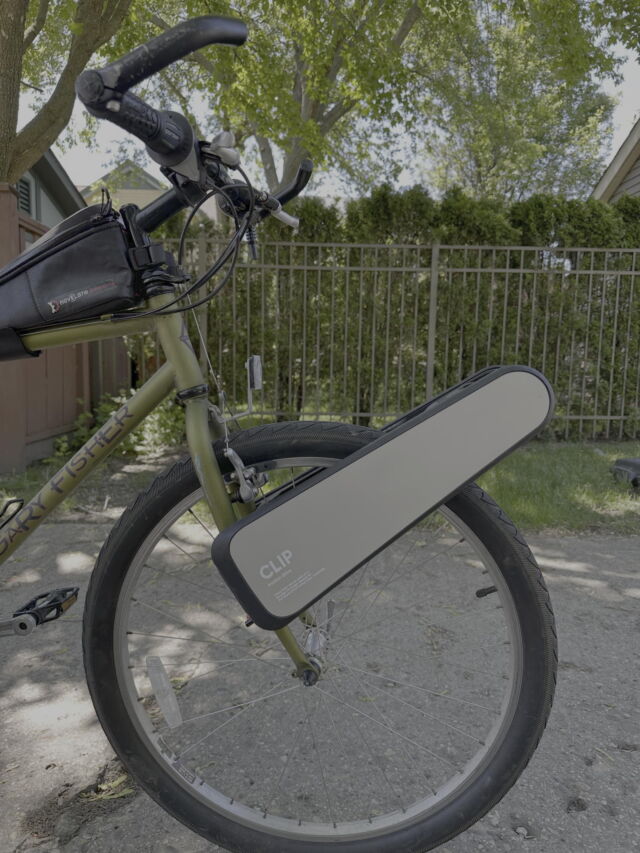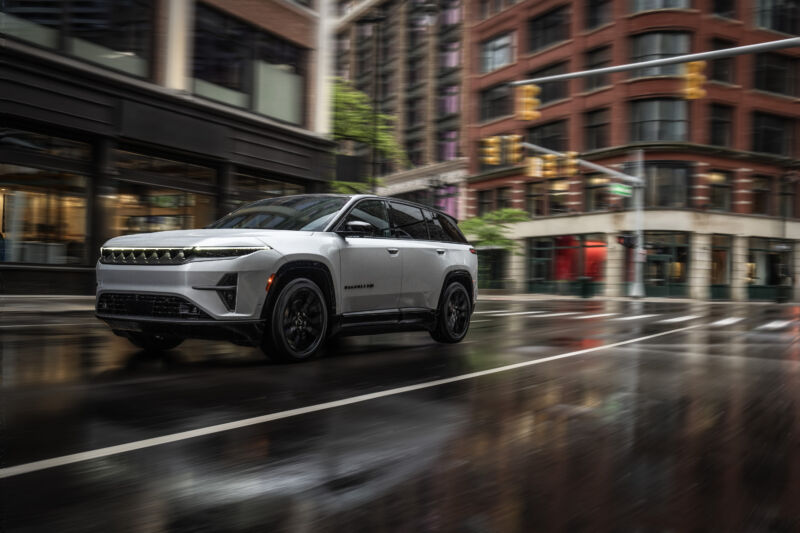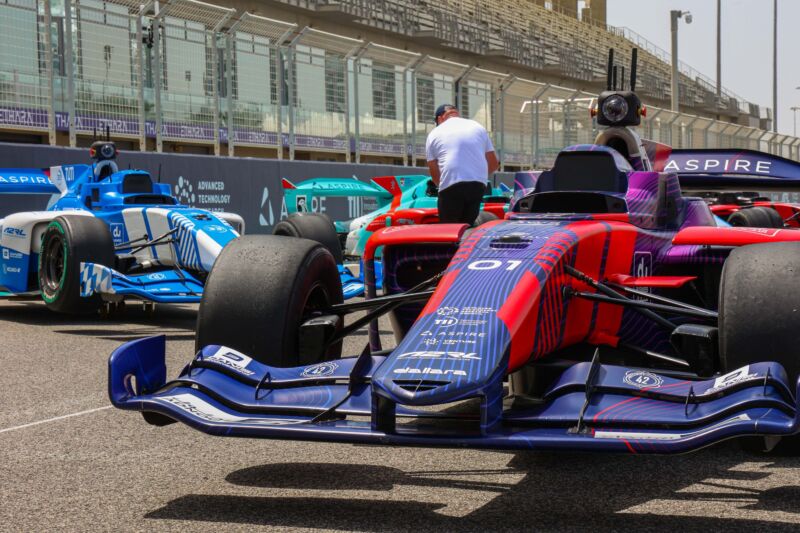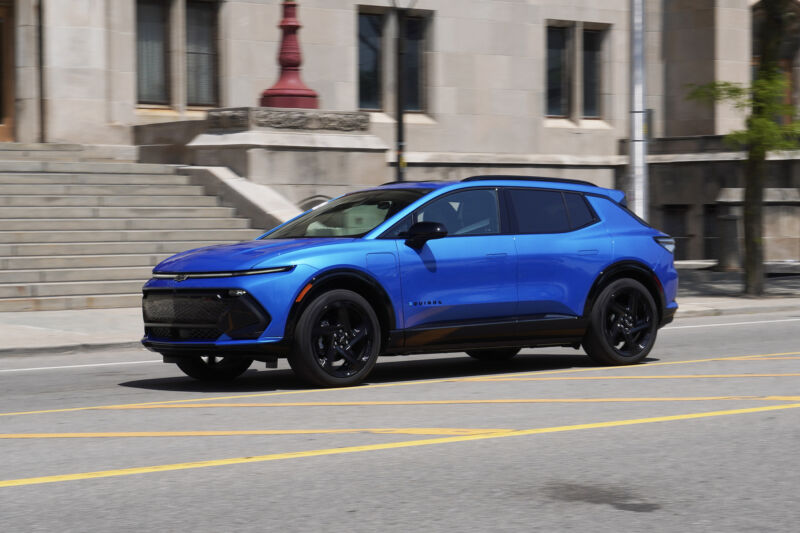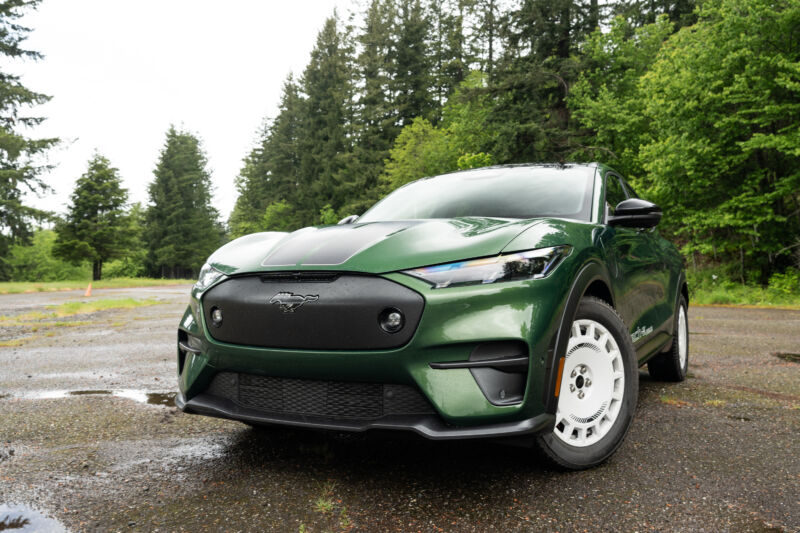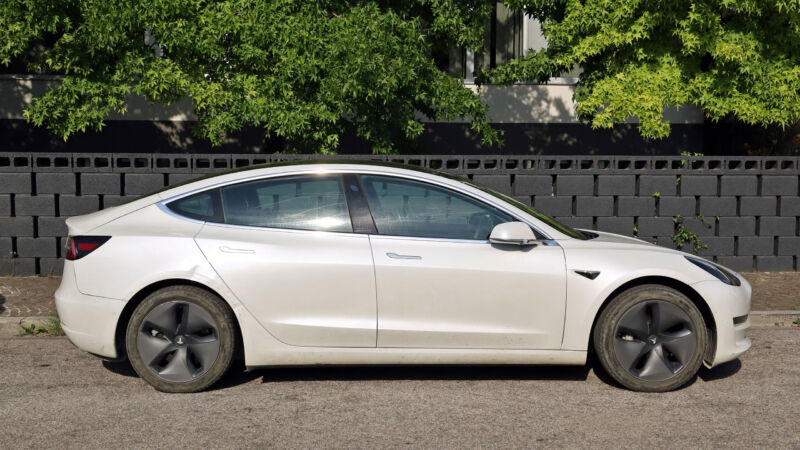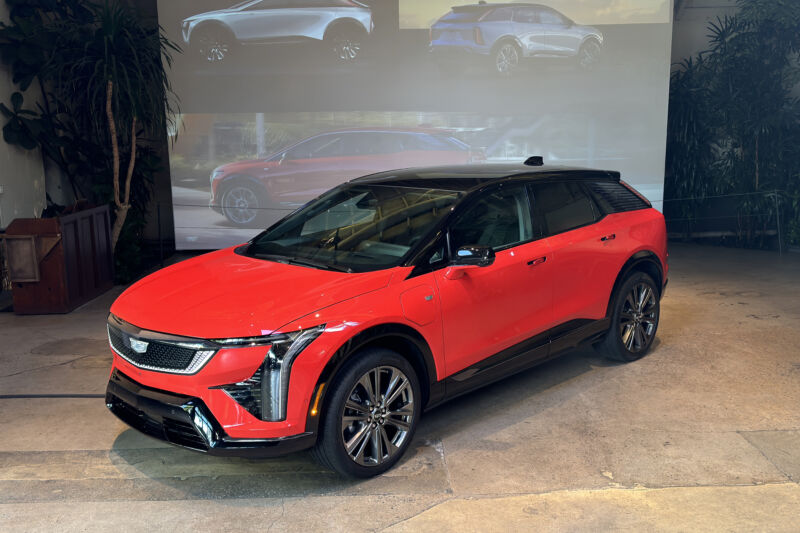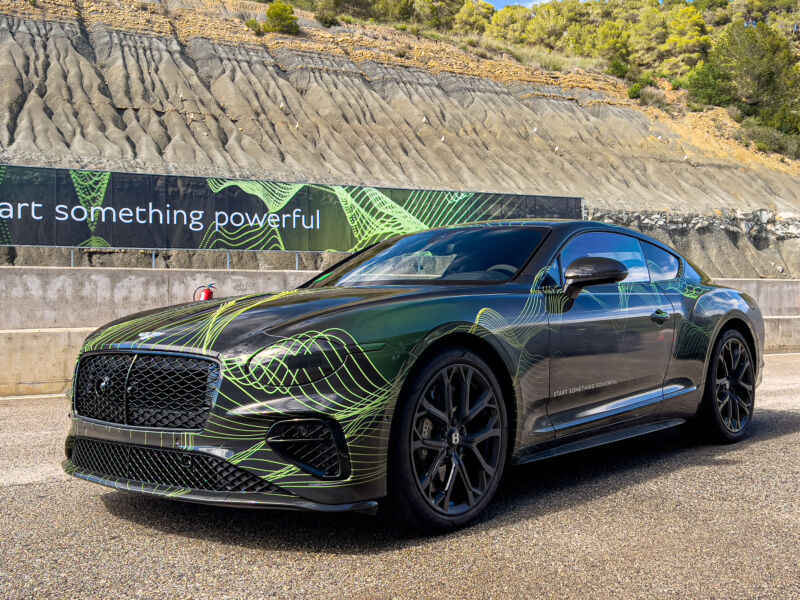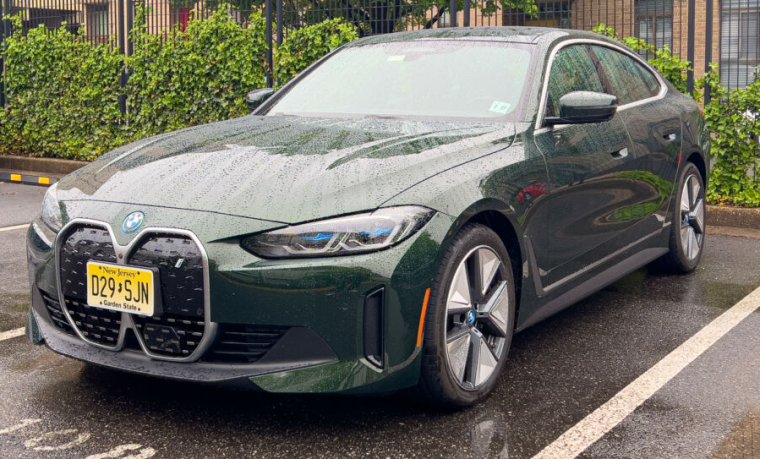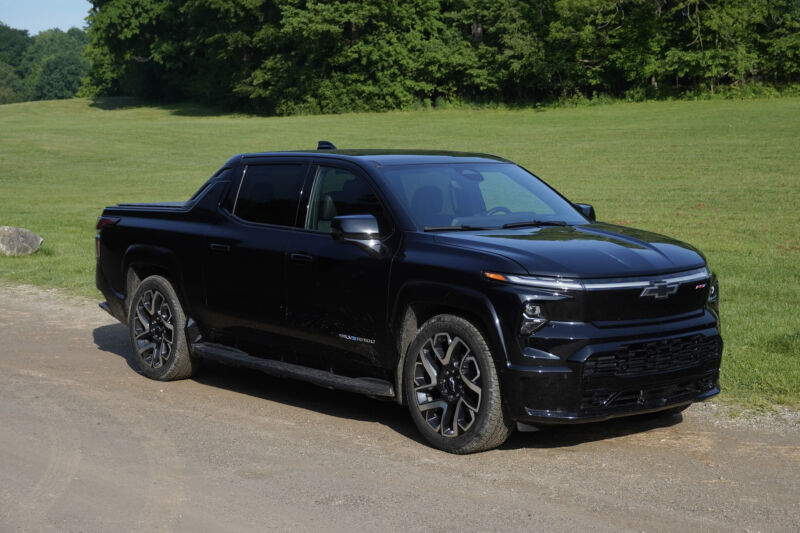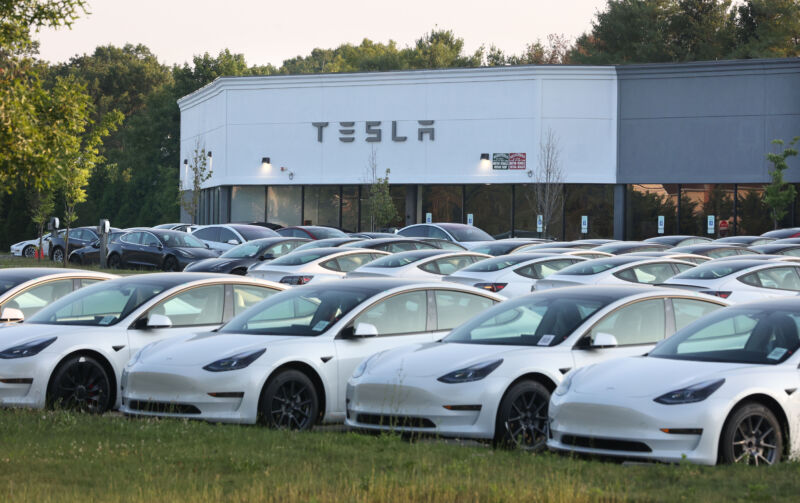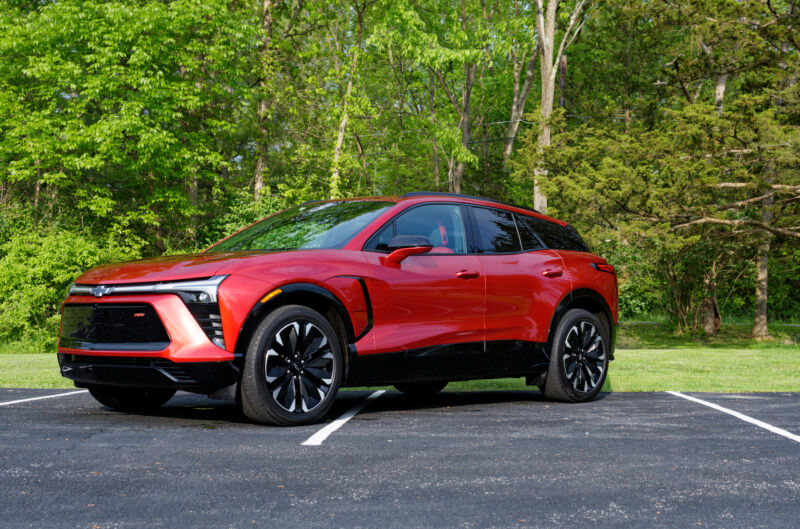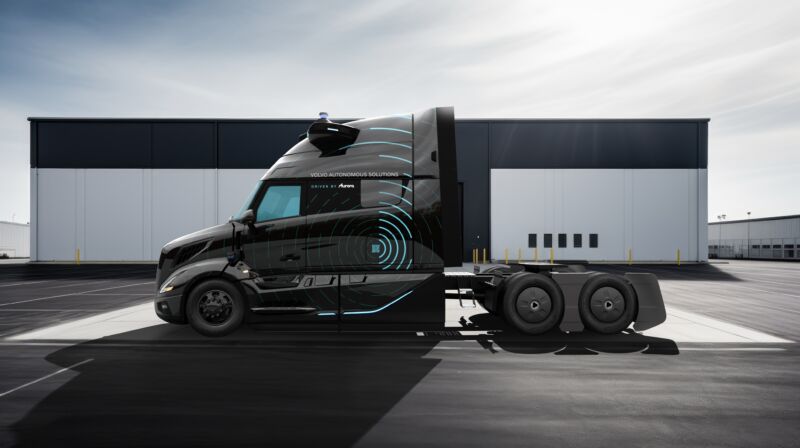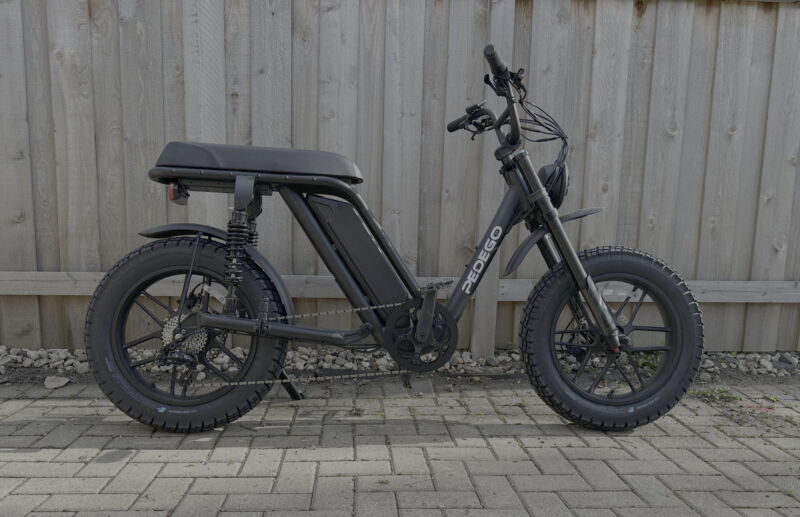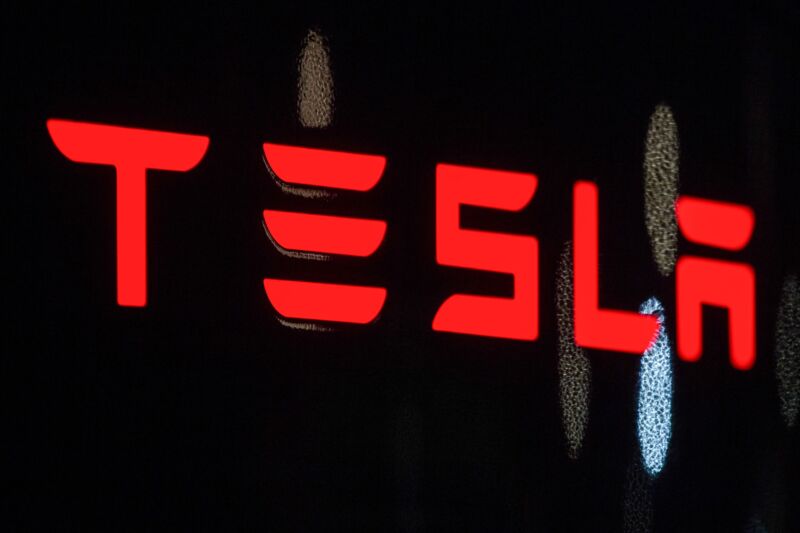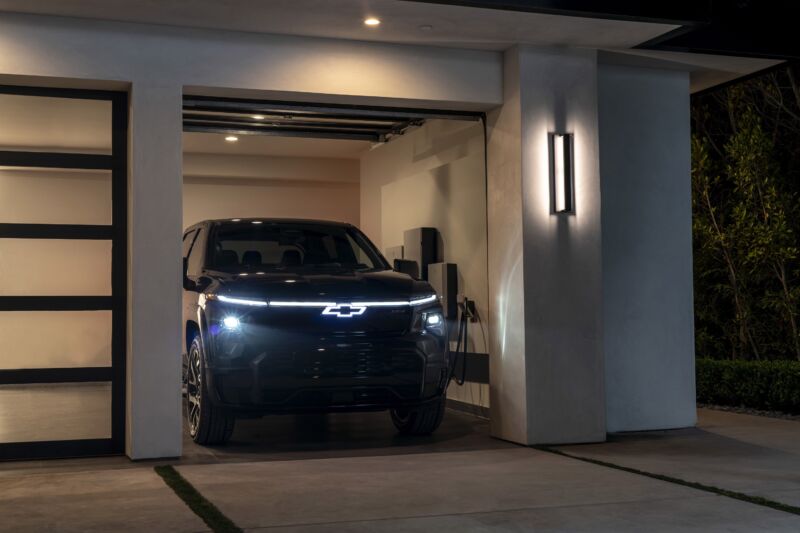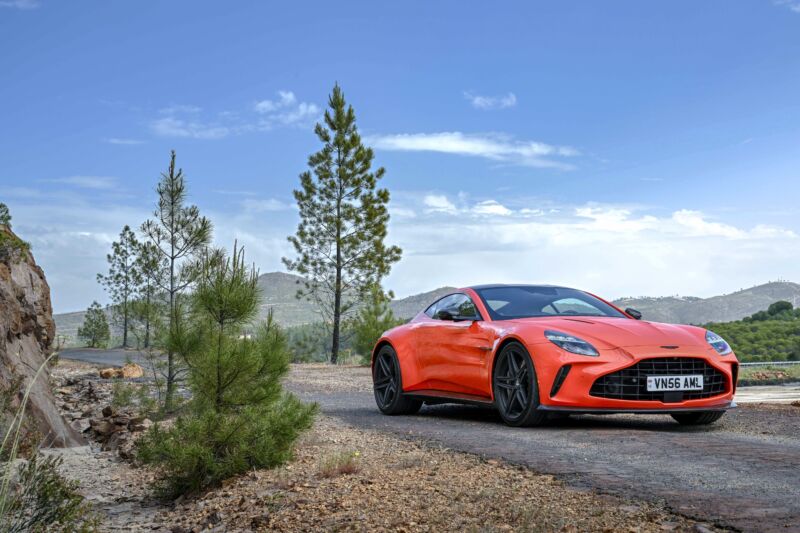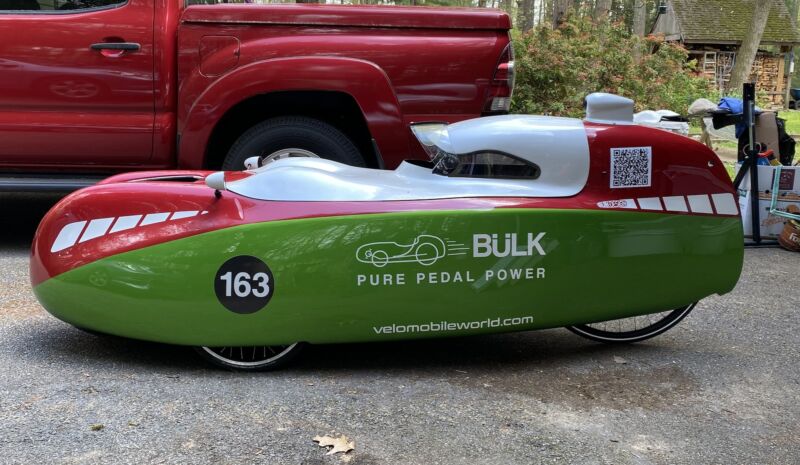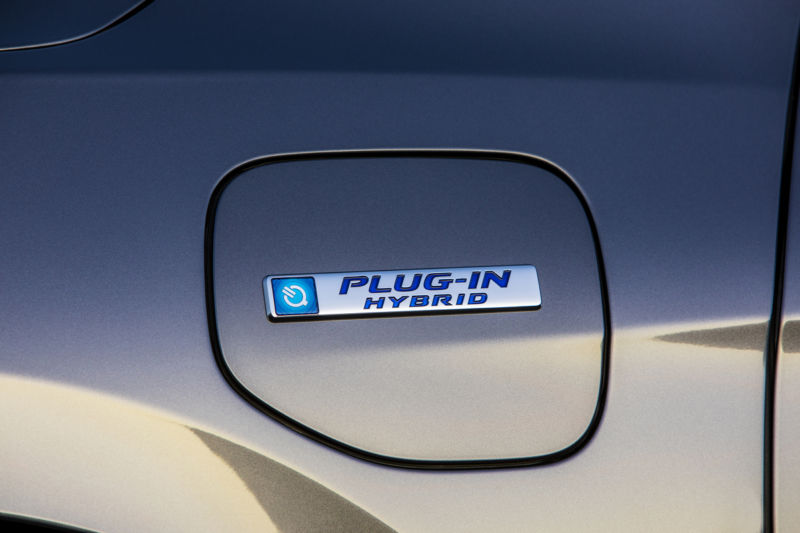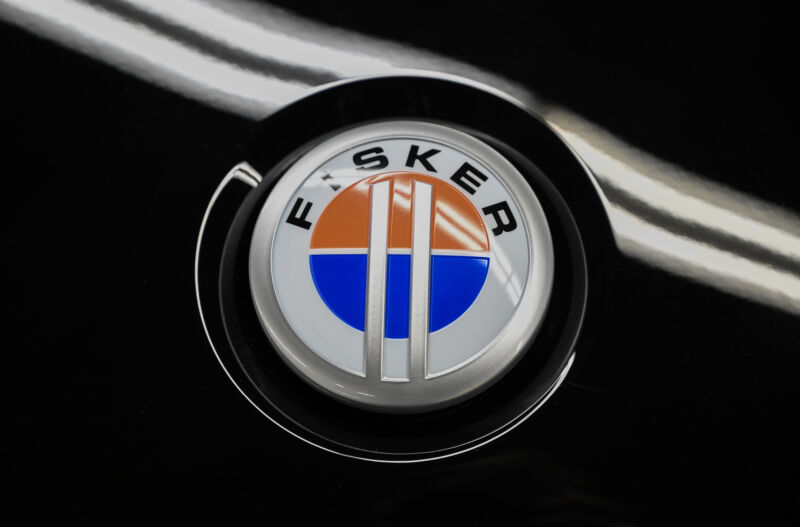The refreshed 2024 Hyundai Elantra N remains a darn good enthusiast car

Enlarge / The regular Hyundai Elantra is a perfectly fine compact sedan. But once the boffins at Hyundai N got hold of it, they transformed it into something with a lot more character. (credit: Peter Nelson)
Few cars are aimed quite at driving enthusiasts like the wholesome sport compact. In terms of everyday usability and fun factor, little can touch them, and luckily, there's still a good variety of them on the new market. Among the best is the Hyundai Elantra N, which, for the 2024 model year, received a styling and chassis refresh. Pricing starts at $33,245 for three pedals and a manual gearbox, or $35,515 for a dual-clutch eight-speed, and either is a massive value for the performance and fun factor that they offer.
Amply sporty styling, plenty spacious
The 2024 Elantra N's biggest change is in its face. Where previously it had beady eyes surrounded in a sea of black trim—kind of like the vehicular equivalent of a Belgian Malinois—its headlight, grille, and intake are now more geometric. Looks are subjective, but I'm a fan of the headlights, and the functional inlets improve radiator and brake cooling over the previous fascia.
Elsewhere, it's pretty much the same angular four-door wearing some trapezoidal accents across its body panels and a pronounced rear spoiler. A new set of forged 19-inch wheels is wrapped in 245/35/19 Michelin Pilot Sport 4S tires—these also shave off 8.25 lbs (3.75 kg) of unsprung weight at each corner, which bodes well for acceleration and handling.

